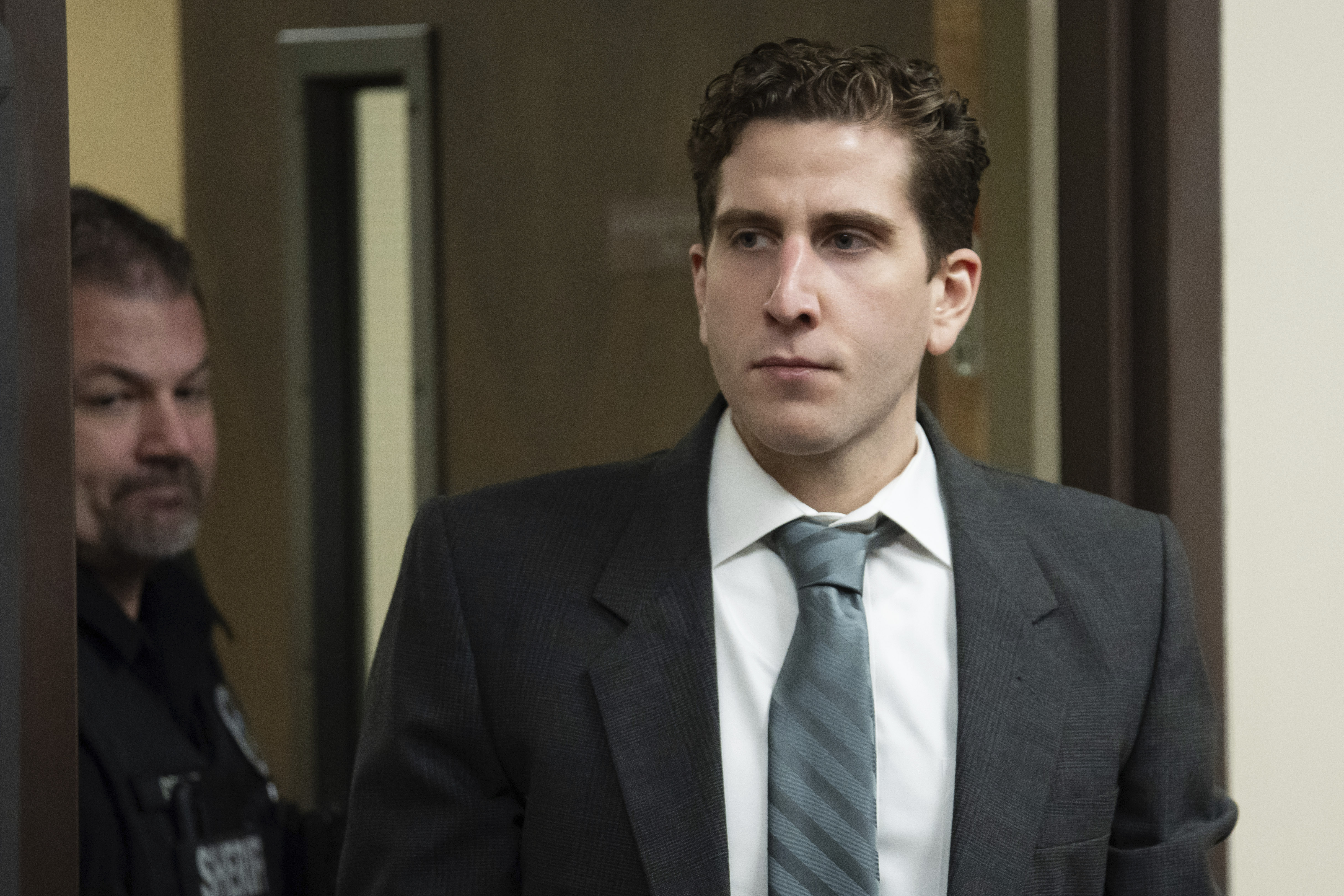Nearly 100 percent of California remains in drought after only light to moderate rain fell in parts of the state during early January, according to this most recent report from the U.S. Drought Monitor.
The percentage of the state in "Exceptional Drought," the most severe of the Monitor's five categories, increased from 33 percent to nearly 40 percent since last week. Ninety-eight percent of the state is under at least one drought category, representing no change since last week.
At the start of October, more than 58 percent of the state was in "Exceptional Drought" and 100 percent of the state was under some type of drought.
Minor improvements were reported in west-central California, including Marin, Sonoma, San Mateo and San Francisco counties.
"Farther east, improvement has not been as resilient in much of the Sacramento Valley," according to a Drought Monitor statement.
The state's water reservoirs have been well below normal during the three-year dry spell. Reservoirs near and north of the Sacramento Valley are above critically low levels at the start of the water year in October, but water-year-to-date totals have dropped back to near average after last month's storms brought precipitation to the region.
The disappointing state of the Sierra Nevada snowpack is another concern. Springtime runoff from the mountains provides a vital source of water for agricultural areas and heavily populated cities south of the range. "Exceptional Drought" expanded along and east of the central and southern Sierra Nevadas.

"Subnormal winter precipitation has combined with abnormal warmth to leave Sierra Nevada snowpack well short of the historic mid-January average in central and southern parts of the range," according to the Monitor statement. "Since October 1, 2014, precipitation totals are 3 inches to locally over a foot below normal from the slopes of eastern Fresno and adjacent Inyo Counties northward through eastern Nevada County."
U.S. & World
News from around the country and around the globe
The mountain runoff supplies about a third of the water needed by residents, agriculture and industry as it melts in the late spring and summer.
The start of 2015 marked on year since Gov. Jerry Brown declared a drought emergency for the state and called for a 20-percent reduction in water use as the state's reservoirs reached critically low levels and Sierra snowpack diminished.
The latest Water Resources Control Board figures show Californians are having a tough time reaching that goal. Californians cut overall water use by 9.8 percent in November compared to the same period a year ago.

Click the map below for a larger view.



